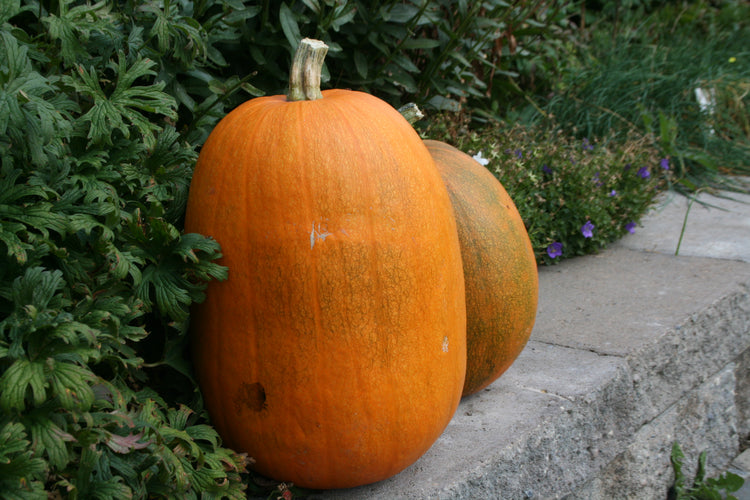
Pumpkin - Spooky
Availability: In Stock
$4.25
Hurry up! only
48
products left in stock!
Approximately 3-5 seeds per gram
Cucurbita pepo
Lot# PU31516
A prolific, dark orange pumpkin, 15-17 cm (6-8") around, and averaging about 2.7-4.5 kg (6-10 lbs.) each. Spookie Pumpkin is the result of a cross between Sugar Pie and Jack O' Lantern pumpkins. It is heavier yielding than either of its parents. It has a deeper fruit shape and a more uniform diameter. The sweet, thick, yellow-orange flesh is fine-textured and great for making pies.
Planting Instructions:
